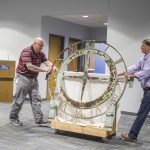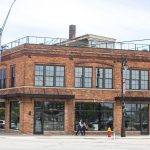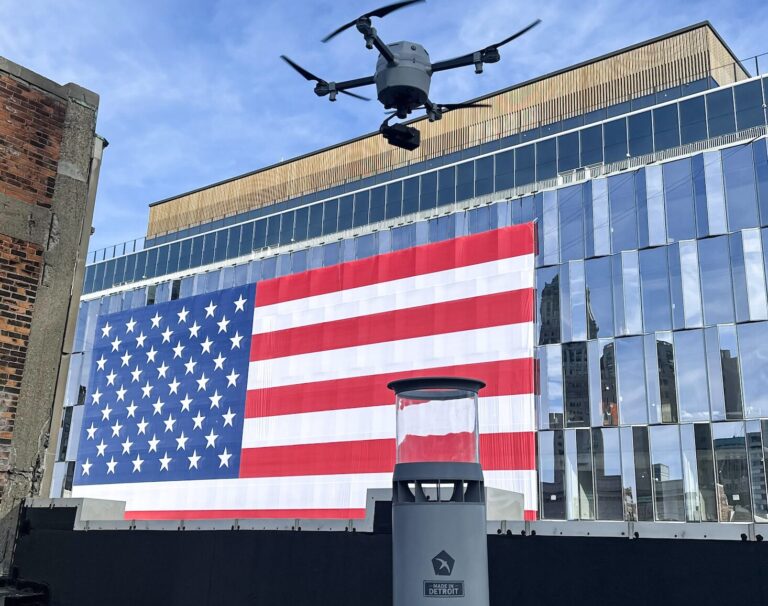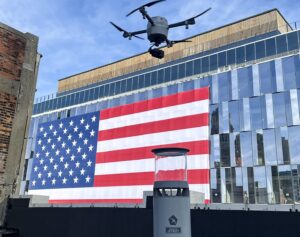When Ford Motor Company purchased Michigan Central Station in 2018 in Corktown, Detroit, the landmark had been vacant for years. Billionaire Matty Moroun’s company Controlled Terminals Inc. owned the station since 1992, promising restoration plans that never transpired. The station decayed over time from years of neglect and turned into a symbol of the blight representative of Detroit’s now-infamous past.
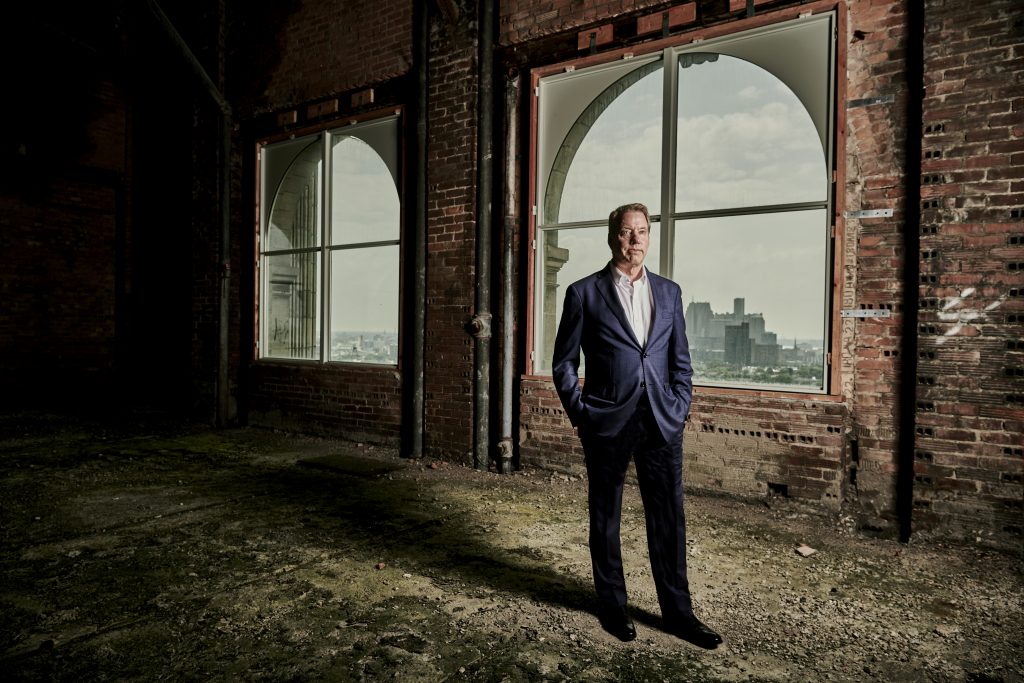
Bill Ford at Michigan Central Station
Now, Michigan Central Station seems poised to represent a symbol of the City’s revival. When Bill Ford Jr. made it the company’s mission to purchase the iconic station, his vision was to invest in the future of transportation – in technology such as self-driving vehicles – and to return Detroit to being a global center of mobility innovation, with the station as the linchpin.
For a neighborhood that has been hit hard by the city’s decline and only in the past few years seen residential and business investments, Ford’s Corktown investment has the power to transform not only the train station, but Southeast Michigan as a whole.
Many are now wondering: what will happen to the Corktown neighborhood now that Ford Motor Company, one of the largest automotive companies in the world, is investing heavily in it?
HISTORY
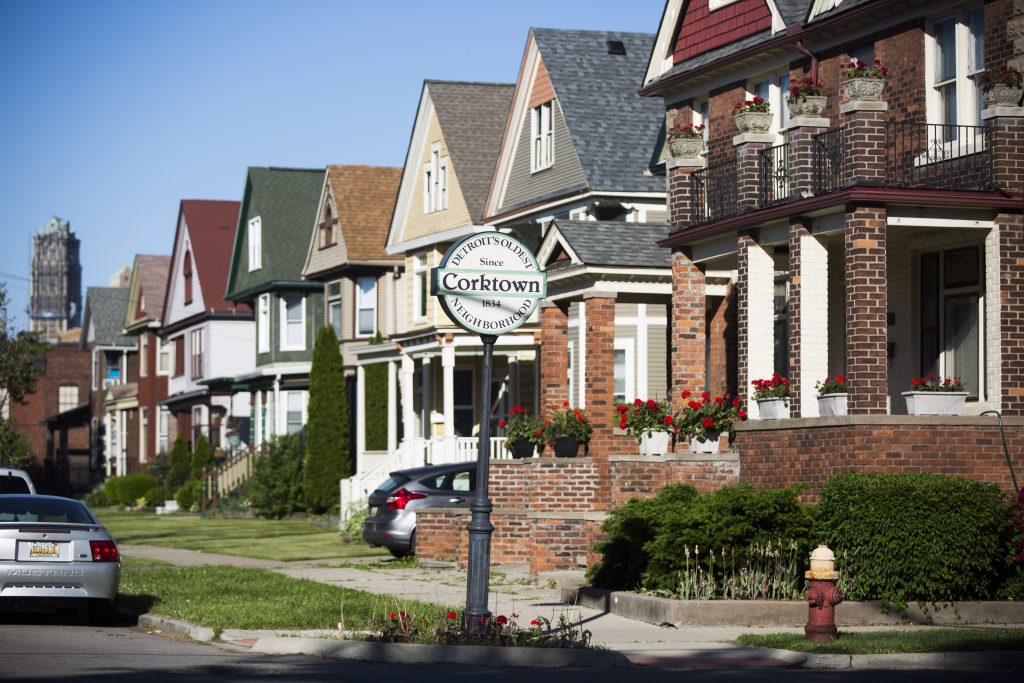
CORKTOWN’S HISTORIC ROW HOUSES
In some ways, Corktown is returning to its roots.
Corktown, Detroit’s oldest existing neighborhood, was home to a number of Irish immigrants who arrived via steamboat in the 1800s. Many were looking to escape the Great Famine of the 1840s, a period of mass starvation and widespread disease in Ireland. The area that many of these settlers chose to live in became known as Corktown, named after County Cork, Ireland.
When Michigan Central Station opened in 1913, it quickly became a pillar of the community. The magnificent railroad station served as a gateway to a wealthy city anchored by the automotive industry. At its peak, the station served more than 4,000 travelers a day and housed 3,000 office workers.
A promising future in the automotive industry attracted a wave of immigrants to Detroit by the 1920s. Many Latino and Maltese immigrants worked in the city’s automotive factories and chose Corktown as their new home.
After World War II, homes and businesses were demolished to make room for factories as city planners’ anticipated an industrial movement. But plans fell through, and demolition left hundreds of residents displaced from their homes. When construction of the Lodge Freeway began in the 1950s, further residential blocks were demolished.
By the 1960s, neighborhoods were steadily declining. Residents blamed freeway construction and failed urban renewal projects for chipping away at the neighborhood.
Passenger traffic at Michigan Central Station decreased as planes and automotive travel became more abundant. The station suffered service cuts. The last train left the station in 1988.
Then the Detroit Tigers, who played baseball down the street from Michigan Central Station at Michigan and Trumbull, left Corktown in 1999 to play its home games downtown in Comerica Park.
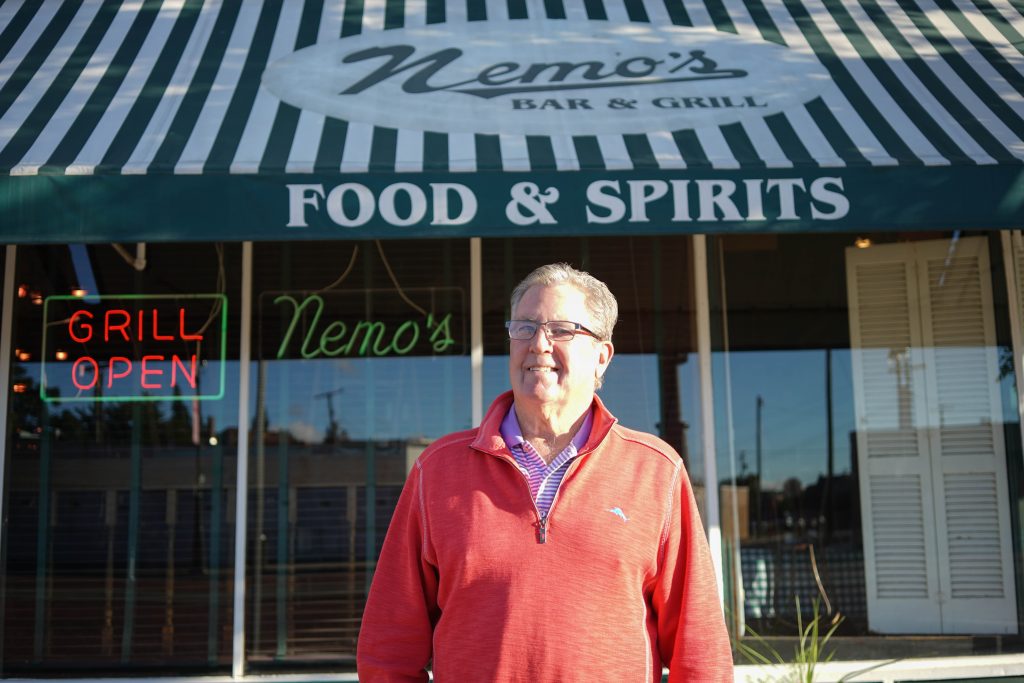
PAT SPRINGSTEAD, OWNER OF CORKTOWN’S LONGSTANDING NEMO’S BAR AND GRILL. PHOTO ACRONYM
Nemo’s Bar and Grill is a sports bar in Corktown that has been operating for more than 54 years, weathering the community’s many transitions. When the Tigers left Corktown, Nemo’s expanded their existing shuttle services by transporting patrons from their bar to Comerica Park.
“We’ve always managed to adapt,” said Pat Springstead, owner. “But now with Ford coming in, I think we’re really going to see the biggest change.”
Springstead believes Ford’s development will cause an influx of people to be attracted to the community, which he sees as a positive for the area’s businesses.
“We’ll still have the people who have lived in the neighborhood for years, but now we’ll see a lot of younger folks who want to live here,” Springstead said. “That’s a big addition to the neighborhood, and we look at it as very positive.”
REVITALIZATION
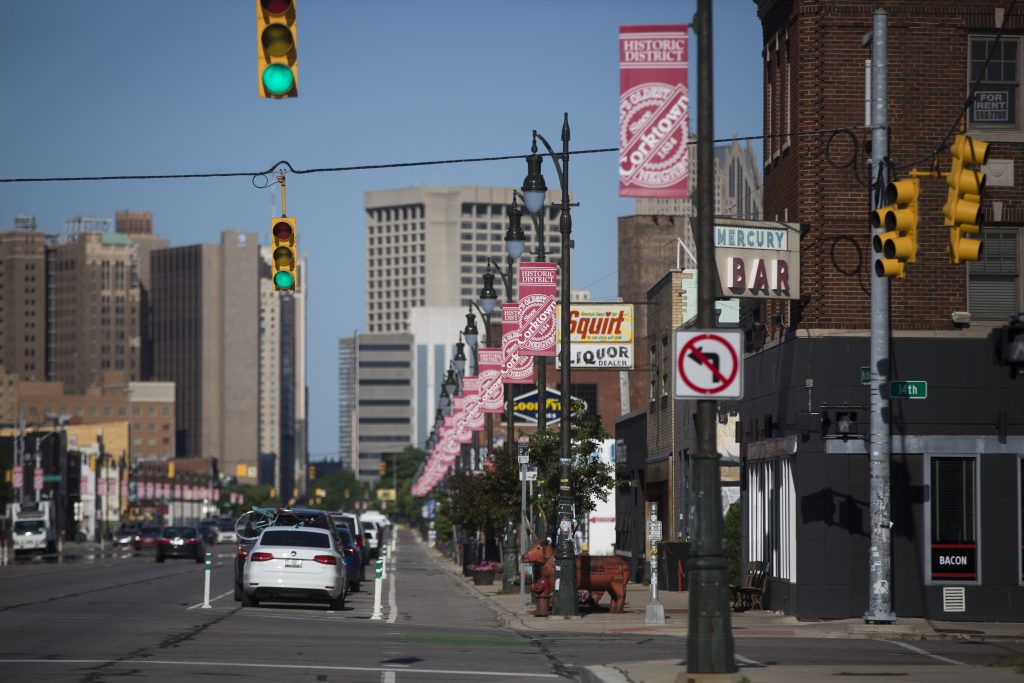
THE EASTBOUND VIEW ON MICHIGAN AVENUE IN THE HEART OF CORKTOWN, DETROIT
In the early 2000s, businesses began moving into spaces that were abandoned for years.
Perhaps one of the most well-known players that helped anchor Corktown’s revitalization is Phillip Cooley, co-owner of the restaurant and bar Slows Bar BQ. Cooley and his brother, Ryan, bought a space on Michigan Avenue about 14 years ago for $40,000. At the time, Michigan Avenue was mostly vacant.
“I saw a lot of opportunities and a great community to participate in,” Cooley said. “You can actually know your neighbors and be supported by them. I was very young and inexperienced, and I needed the community who helped me along the way.”
Cooley had looked at space in Chicago as a potential city to house the soon-to-be barbeque restaurant, but felt Corktown was safer and more affordable. Additionally, the building he contemplated in Chicago was $100,000.
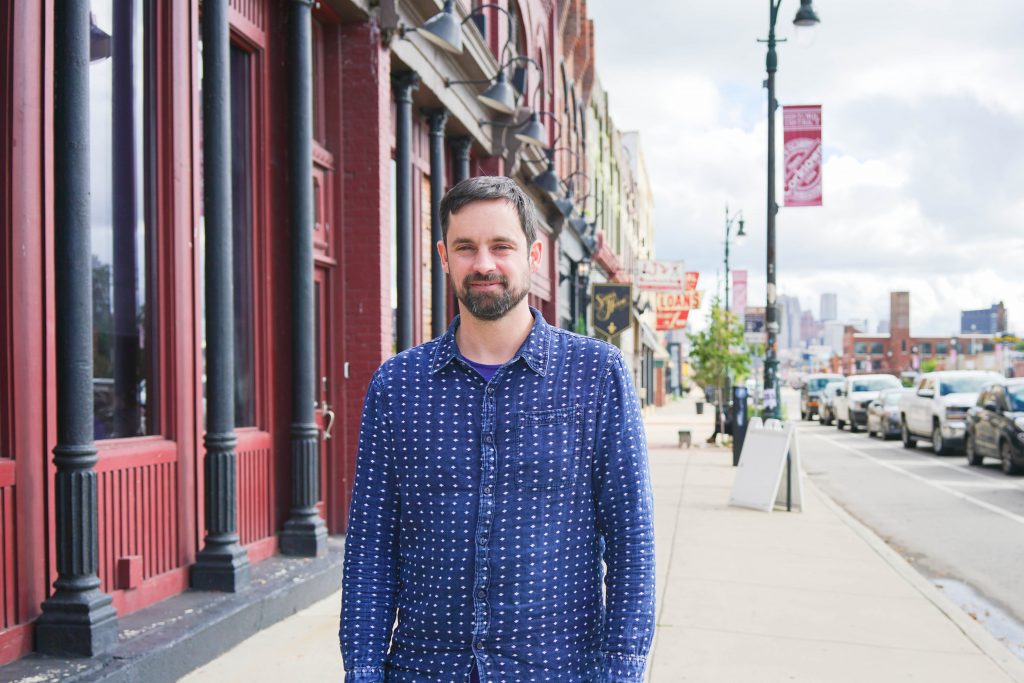
PHIL COOLEY, OWNER OF SLOW’S BAR BQ AND 17 YEAR RESIDENT OF THE CORKTOWN NEIGHBORHOOD. PHOTO ACRONYM
In addition to those factors, Corktown’s Michigan Avenue presented a major commercial thoroughfare. The neighborhood provides easy access to interstate highways I-94, I-75 and I-96.
“It’s a historic neighborhood with access to not just the residents of Detroit, but 4.5 million people with all the highways access,” he said.
Cooley’s restaurant became a success. It seemed the vision was perfectly honed to what the community and greater Detroit was hungry for – great food in a downtown neighborhood. Today, Slows has expanded into three locations, has food truck service and operates two food stands at Ford Field, the home of the Detroit Lions. They also opened a catering business.
Soon, other businesses became attracted to Corktown, a progression Cooley said he had anticipated. Today, the stretch of Michigan Avenue where Slows sits includes hotspots like Gold Cash Gold, Mercury Burger Bar and Astro Coffee. No chains anywhere in sight. Like Detroit likes it.
It’s a trend Cooley hopes continues as the area progresses.
“We haven’t had any chains opening up, but mom and pop establishments from people that live in the community,” Cooley said. “I hope that continues. I prefer Astro [Coffee] to Starbucks.”
Cooley’s been a resident of Corktown for more than 17 years. He’s been around long enough to see Michigan Central Station at the center of legal battles and city council meetings that presented grand plans for the station which never came into fruition.
This frustrated residents so much so that Cooley said many wanted the train station demolished.
“I’m a historic preservationist, but I respect that some of the folks in our community wanted it to be torn down, because they saw it as a reminder of a lot of our failures in the city’s blight,” Cooley said. “You could see it sticking out like a sore thumb everywhere as you drove in and around the city.”
Cooley said he and other Corktown residents lost hope of seeing the historic train station rehabilitated. So when Ford Motor Company announced they would revitalize Michigan Central Station, he was pleasantly surprised.
“It takes a person like Bill Ford Jr. to say, ‘We’re going to do this,’” Cooley said. “He’s been a tremendous leader and is taking a community-minded approach. It’s an exciting time for the automotive industry.”
INNOVATION & JOB CREATION
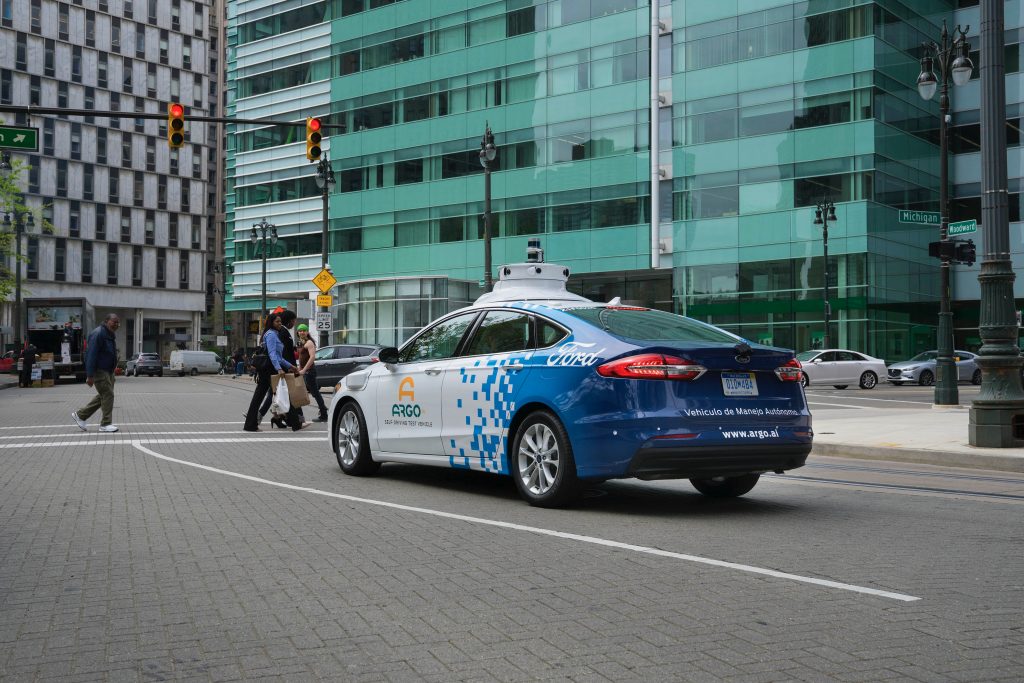
FORD MOTOR COMPANY SELF-DRIVING CARS SEEN ON DETROIT’S CITY STREETS
When Ford Motor Company purchased Michigan Central Station and several nearby properties, the company set out to build a space where private, public and academic partners could completely reimagine the future of transportation.
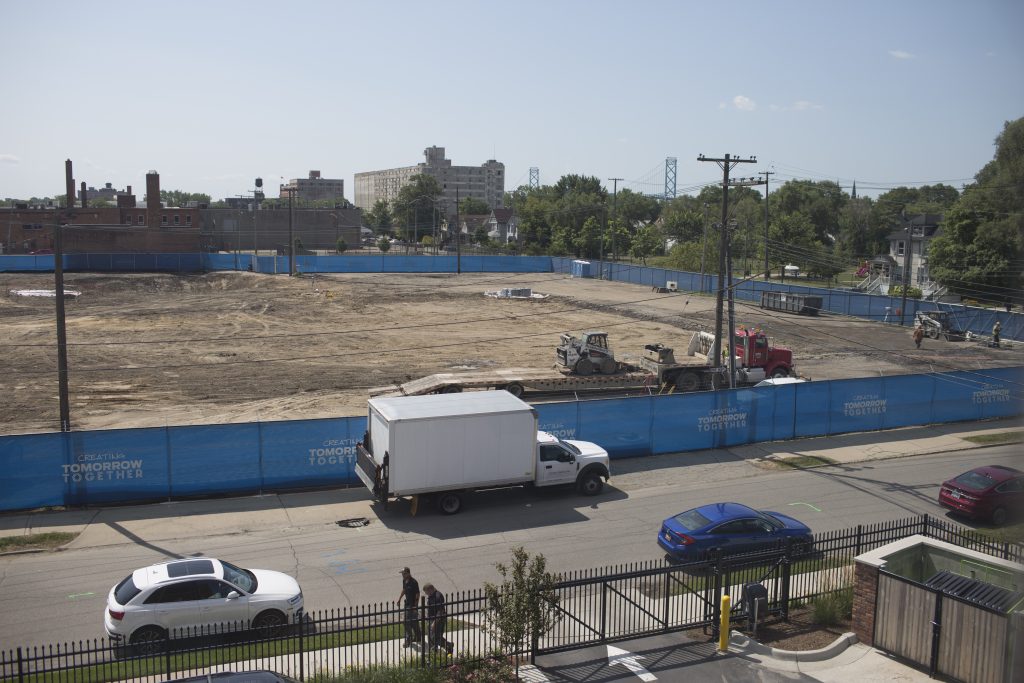
FORD LAND PURCHASE OF THE FORMER BRASS FACTORY LOCATED BEHIND THE FACTORY BUILDING IN CORKTOWN
Part of that vision includes plans to develop a mobility corridor along Michigan Avenue and I-94 that spans east to Detroit with Michigan Central Station to Ford’s Dearborn headquarters and west to Ann Arbor where the company’s robotics research lab at the University of Michigan is located. The planned corridor will tie mobility hubs of research, testing and development teams together and reinvigorate southeast Michigan.
“The vision is about bringing different mobility options of getting around and attracting people to actually live in the city,” Jonathan Loree, a senior project manager for the Michigan Department of Transportation said. “Really, it’s transformational in that respect.”
Along with Michigan Central Station, Ford purchased a number of properties in the area in order to form the 1.2 million-square-foot innovation hub. Those investments included an Albert Kahn designed former postal building and public school book depository, a refurbished former hosiery factory, 45 acres of vacant land and a former brass factory that has been demolished.
The former hosiery factory, which is over 111 years old, is in operations as “The Factory.” The historic building houses more than 250 Ford employees who are working towards a 2021 commercial launch of a self-driving vehicle service.
About 5,000 new jobs will move to Corktown as a result of Ford’s investment – 2,500 from Ford and 2,500 from business partners who will help Ford build an innovation ecosystem.
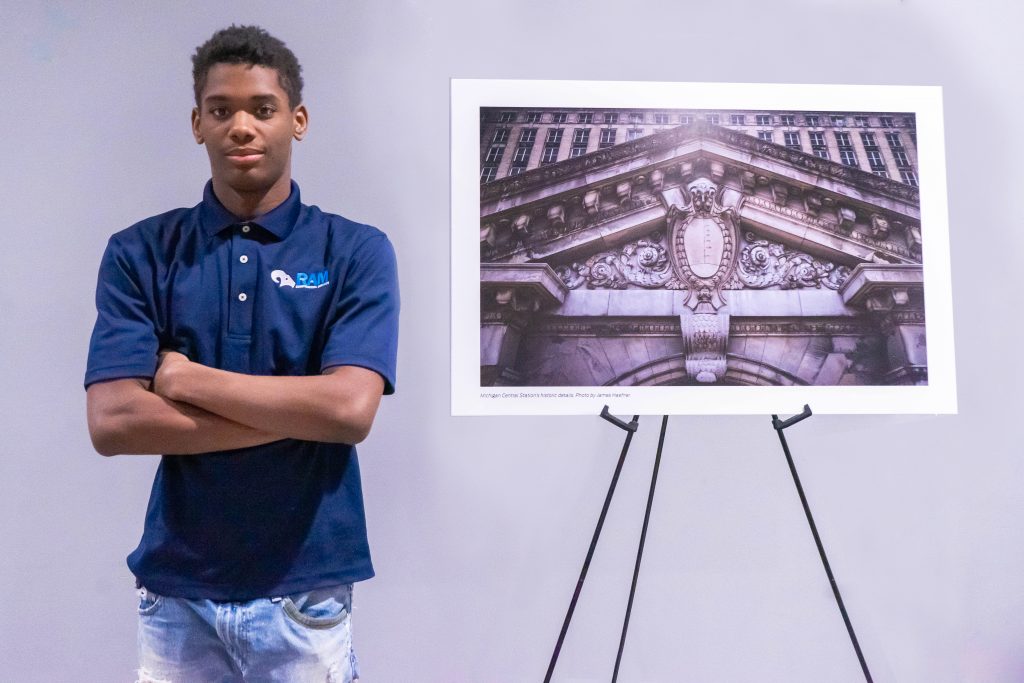
MIGUEL LIGON, AN 18-YEAR-OLD HIGH SCHOOL TRADE APPRENTICE WORKING ON THE MICHIGAN CENTRAL STATION. PHOTO ACRONYM
In addition to job creation, a formal trade apprenticeship was developed under a new program launched this summer by Ford, the construction management company Christman-Brinker, the city of Detroit, local trade unions, Detroit’s Randolph Technical School and Ford’s masonry contractor RAM Construction Services.
Maguel Ligon, an 18-year-old former Randolph student who joined the summer program, will be one of many apprentices and masons tasked with cleaning, repointing and replacing damaged terracotta, limestone and brick on Michigan Central Station’s exterior. Ligon is paid an hourly wage and is mentored by construction employees.
“There’s a shortage in [skilled trade] workers in Detroit,” Ligon said. “It’s nice to be able to have a lot of work and to learn so much for us students who are just coming out of high school.”
Ford will invest $10 million over four years in a variety of community benefits to support the local area. This year, Ford awarded $250,000 to nonprofit projects aimed at bringing innovative programs and opportunities to residents in the community.
COMMUNITY IMPACT
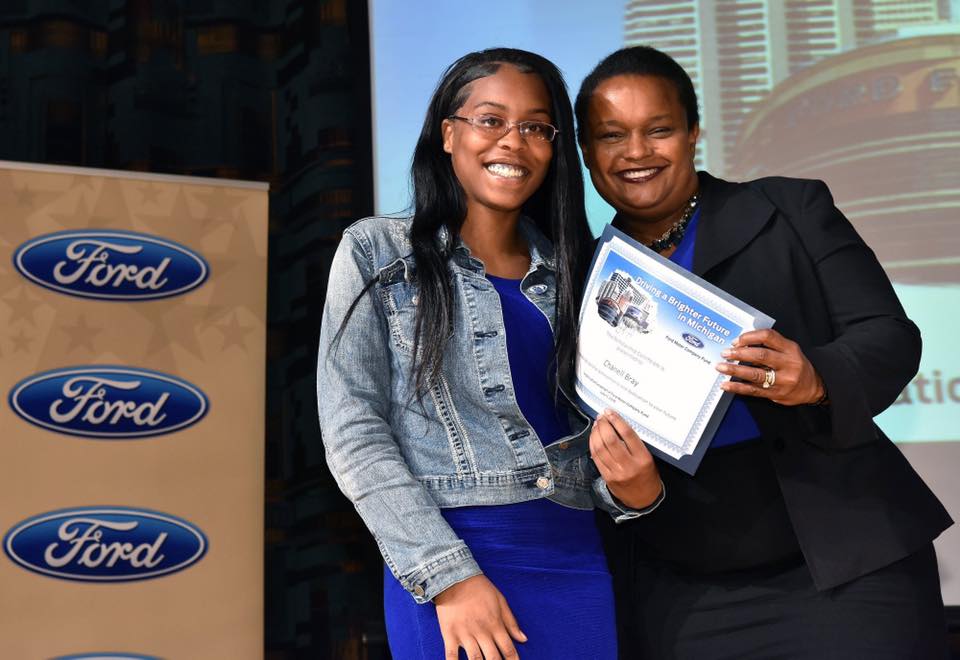
(R) PAMELA ALEXANDER DIRECTOR OF COMMUNITY DEVELOPMENT FOR FORD FUND AND A FUND RECIPIENT
When Ford Motor Company began restoring Michigan Central Station, the company knew they were preserving a piece of history.
Local residents are so invested with the historic station that once they learned of Ford’s plans to renovate the station, many simply began returning the building’s lost artifacts they had collected over the years.
In one situation, an anonymous caller phoned the company to let them know that they left a large clock that adorned the station’s carriage house in an abandoned location. Once Ford heard the news, the company quickly recovered it. It had been wrapped in bubble wrap seemingly carefully kept for years.
“The train station is a historic building that has an important role in many people’s lives in Detroit,” said Pamela Alexander, Director of Community Development for the Ford Fund. “When we do any project, the community is going to be right there front and center.”
One of the ways Ford has kept the community involved is by opening an Information Center at The Factory, located at 1907 Michigan Avenue, on the corner of Rosa Parks Boulevard and Michigan Avenue. The space showcases artifacts from the station, including the returned clock, and allows visitors to participate in interactive displays that show construction updates and project information, as well as mobility pilot programs.
“Our approach to having a positive impact is about listening, partnership and running programs that are responsive to the needs and desires of the community in terms of what makes it a better place and what empowers people,” Alexander said.
Ford also hosts community meetings where residents and community members can ask questions, provide input and contribute ideas to the future mobility campus.
“It’s not about Ford coming in and knowing everything,” Alexander said. “It’s about listening to the community, hearing what they have to say, and building upon that.”
Separate from Ford’s neighborhood initiatives, Kevin Schronce, Urban Design Director for the central region of the City of Detroit, leads the Corktown Planning Framework study. The intent of the study is to engage with multiple neighborhoods within the Greater Corktown study area to identify concerns and issues, develop key priority projects, and improve the quality of life for the community.
“What’s great about the city planning process that we have going on right now is that it’s identifying and addressing the concerns of the residents,” he said. “The inclusive element and nature of the development needs to be [respectful] of the existing community.”
Debra Walker, Treasurer of the Corktown Business Association, is a Corktown resident and has attended every one of Ford’s community events.
“Thus far, Ford has been an excellent partner,” Walker said. “They’ve done what they said they’d do, want us to be involved, and ask our input about everything.”

DEBRA WALKER, TREASURER OF THE CORKTOWN BUSINESS ASSOCIATION, IS A LONGTIME CORKTOWN RESIDENT AND ADVOCATE FOR THE NEIGHBORHOOD. PHOTO ACRONYM
Walker’s a native Detroiter and has been a resident of Corktown for 12 years. She’s excited about Ford’s investment in Corktown, but wonders how it will affect the demographics of the neighborhood.
“Having a mixture of people is important and I’m a little concerned about losing that Corktown flavor and diversity,” Walker said. “But so far, Ford really wants to make sure that they’re doing what’s right and what fits within the community.”
Walker said the investment is also important for the Corktown’s appearance because it will likely improve the community’s infrastructure. Currently, she believes the roads and gateways surrounding Corktown are in bad shape.
“We’re hoping that working with Ford, the city’s Greater Corktown Framework, and the Corktown Business Association means we can make that Michigan Avenue corridor from Corktown all the way to Dearborn more inviting,” Walker said.
Ford’s community grants, planned neighborhood improvements and rehabilitation of the historic train station are all factors that Walker believes will have a huge impact on Corktown’s community.
“Having that train station saved and refurbished is a godsend,” Walker said. “That has been the signature of Detroit’s blight for years. Having it now be a symbol of the city’s rebound makes us come full circle.”






